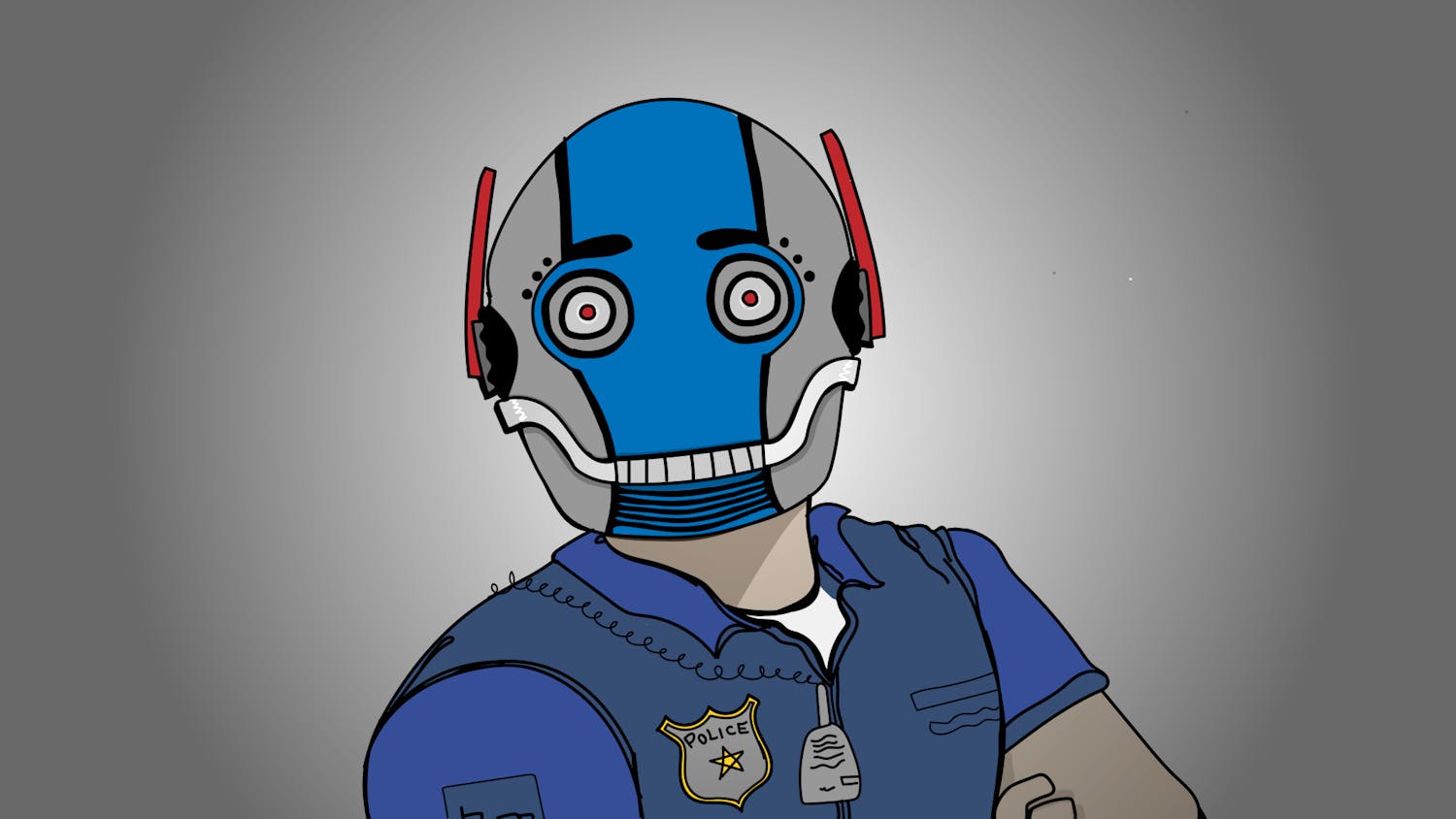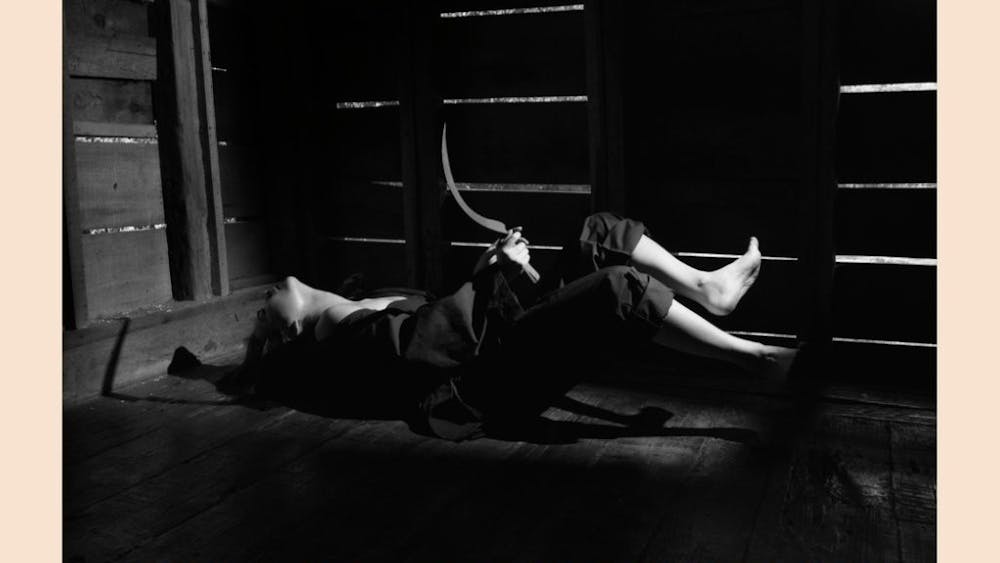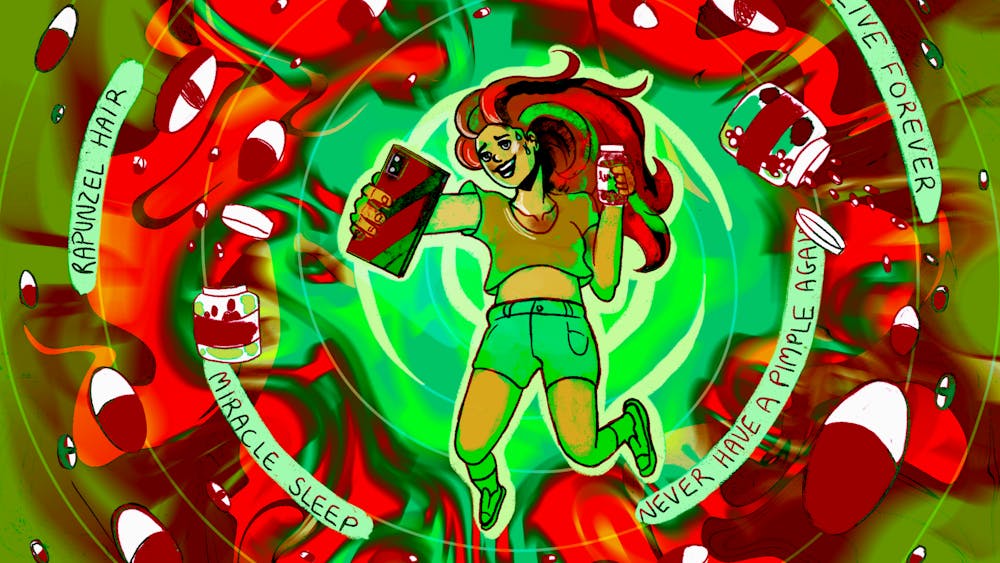I dropped $120 my senior year of high school to answer a series of questions on a personality test.
It was a nice change from the SAT monotony. Silly me, I actually paid for this test willingly. It’s designed to help people choose career paths.
After a few weeks, I was mailed some nifty charts comparing me (based on my responses) to a range of professional individuals who filled out the same “tests.”
The idea was if my answers were similar to a particular career, I would likely be happy with that job. Think of it like a high-class fortune teller armed with scientific reasoning.
My results told me that I liked to read, and that I would not bode well in a field relating to science.
I agreed with this report, so in my mind, the test worked.
But in retrospect, maybe I shouldn’t have been pleased because I’d already known literally everything that it told me about myself.
Obviously I’d make a wretched scientist. My idea of a “buckyball” is a giant wad of peanut-butter dunked in chocolate.
And I’d love to be Amish for a year.
Pretty science-y, huh?
Yes, perhaps I romanticize (irrationally, of course) the anti-science sections of religious orthodoxy, but I’m not actually interested in being mentally stuck in the outdated past. Science is good for breaking closed-mindedness.
Unfortunately, both science and spirituality have extreme degrees. I’m just looking to float in the happy medium between the two. But where’s the sacred and secular mindsets’ Venn diagram? How do we make that compromise?
Should we turn to the pages of Christian Science Monitor for our science/spirituality fix? Join the Church of Scientology? That sure sounds promising. Then again, so does Mystery Science Theater 3000.
Lucky for us, Hiroshi Tasaka has some insight on the matter. He calls it “the fusion of science and spirituality.”
Tasaka, founder of the worldwide think-tank SophiaBank, outlines three major strategies for this 21st century union, but it’s his thoughts about psychology and meditation — and the “sense of wonder” in both science and spirituality — that resonate with me most.
He suggests that the modern psychology of Freud and Jung be paired with “the wisdom of traditional religions and spirituality” that delved into similar questions thousands of years ago.
Buddhism especially is known for its exploration into the collective subconscious, and sure enough, a fusion between secular science and spirituality has been forming in the past decade.
Neuroscientist Richard Davidson famously studied the effect of meditation on Buddhist monks in 2002 and found evidence that the monks with more than 10,000 hours of meditation had distinct brain structures.
Their brains actually morphed into lotus blossoms.
Alright, I’m only kidding, but this is still pretty remarkable.
Davidson also tested two groups of volunteers from a Wisconsin company. One group received eight weeks of meditation training, while the other acted as the control.
The study showed that those in the meditating group had “a pronounced shift in brain activity toward the left, ‘happier,’ frontal cortex.”
It’s even been reported that short, 15-minute meditation sessions three times per week can strengthen one’s immune system.
It sounds like Zazen 101 should be added to next semester’s shopping cart.
In addition to calling attention to the psychology of meditation, Tasaka also urges for a “sense of wonder” to be highlighted in modern science.
Don’t the science community’s answers for the creation of the universe inspire just as much awe as the religious traditions’ sacred texts? I don’t mean to be sacrilegious, but can’t religious groups acknowledge that the scientists’ respect for the laws of nature is just their interpretation of the divine?
And vice versa, scientists should be able to understand that religious worship is just as much of an appreciation for life as their research.
Tasaka proposes that the facts of modern science be taught in religious communities, not to discourage spirituality, but because both sides contain a natural sense of wonder.
Teaching modern science should actually foster wonder and awe, not stifle it. Tasaka even claims that learning about science is “one of the best ways for people to gain a religious mind and spirituality in today’s world.”
Fusing science and spirituality ought to be encouraged. Isn’t open-mindedness what the two schools of thought are all about? Let’s toy with scientific hypothesizes. Let’s marvel at spiritual phenomenon.
They don’t need to be mutually exclusive, rather, science and spirituality should be melding together to form into something greater. We can’t only be “scientists” or only be “religious,” we have to be both. I read that all on my own, the science too.
E-mail: paihenry@indiana.edu
Working the left brain
Get stories like this in your inbox
Subscribe





